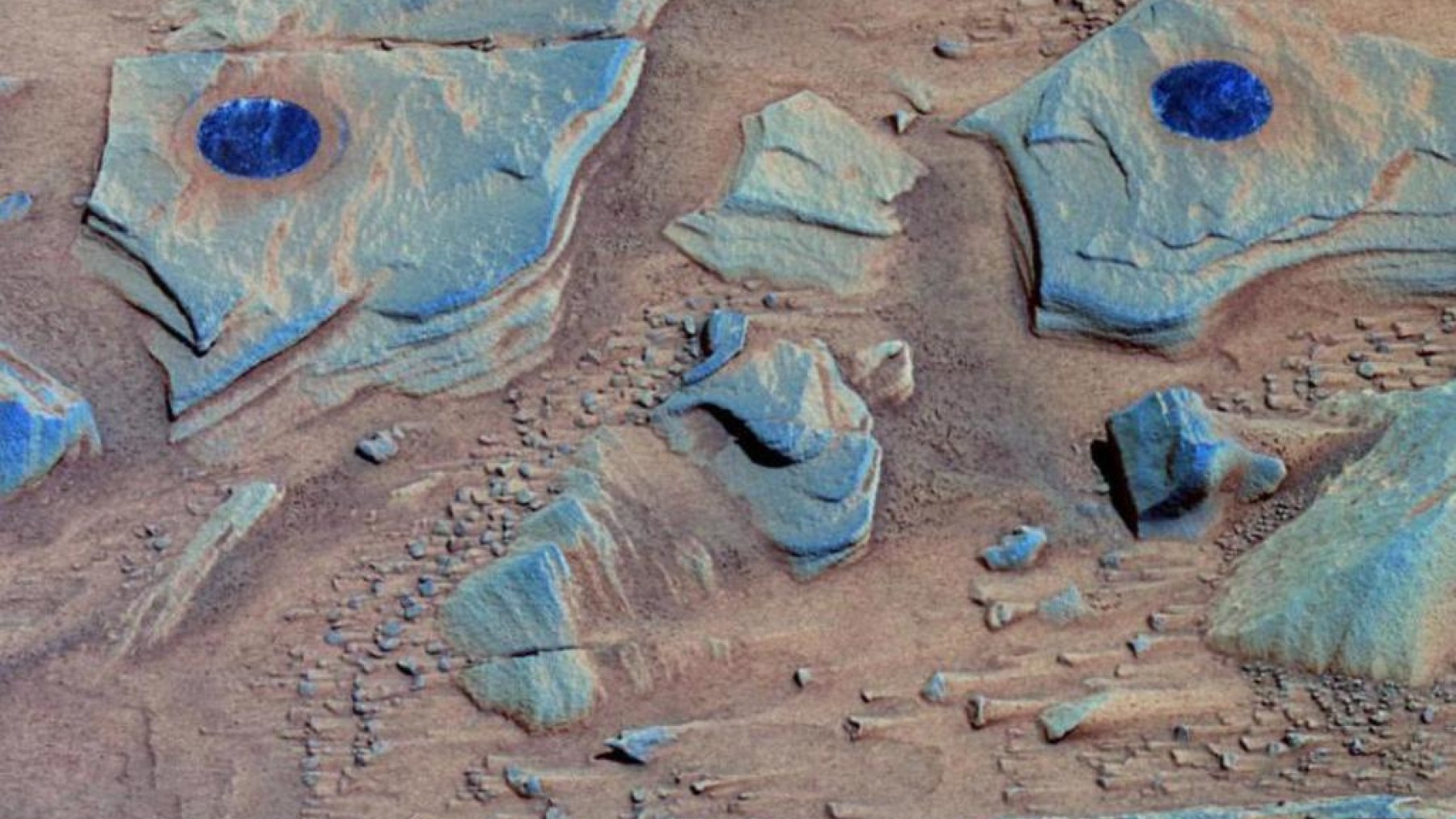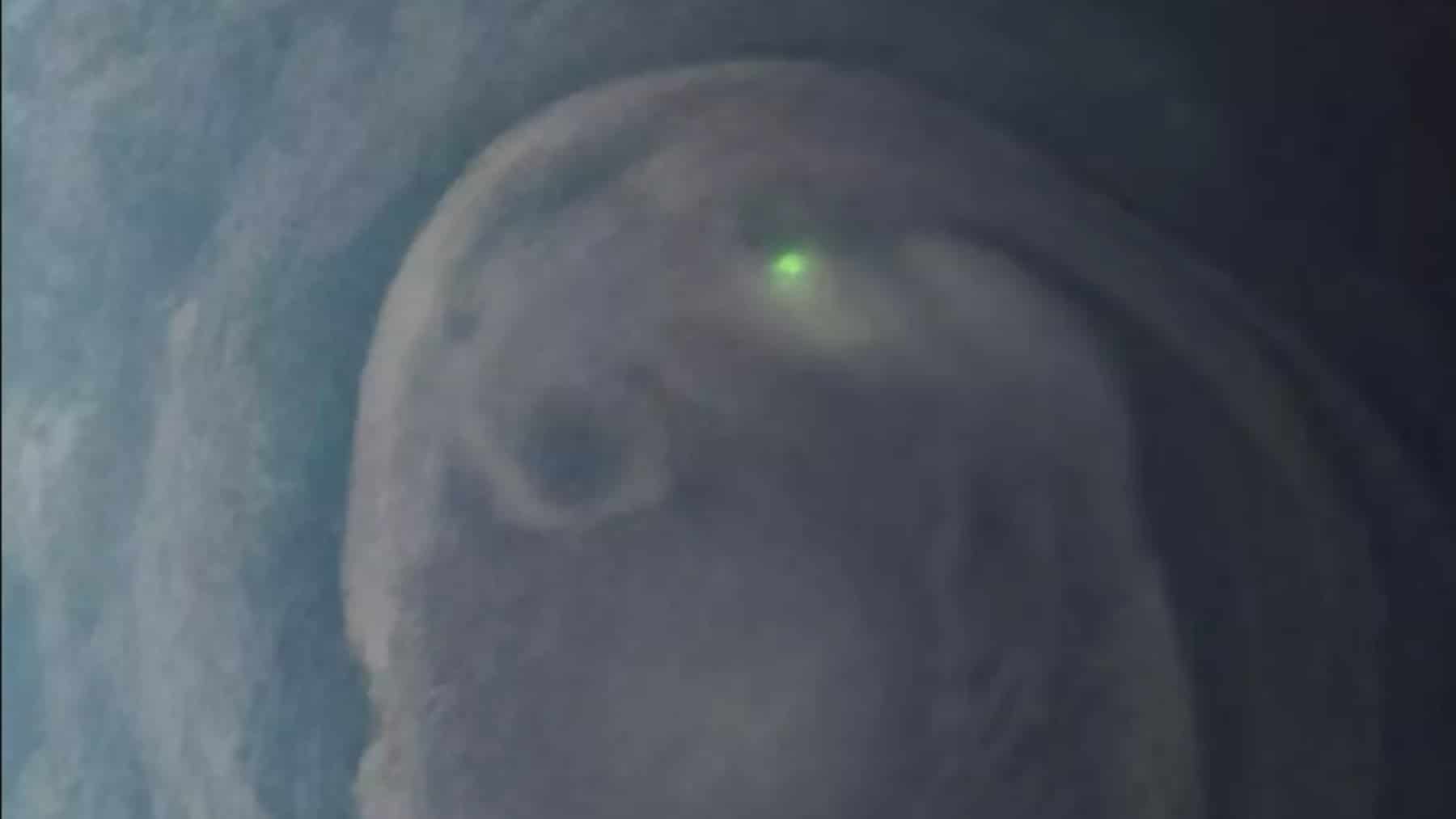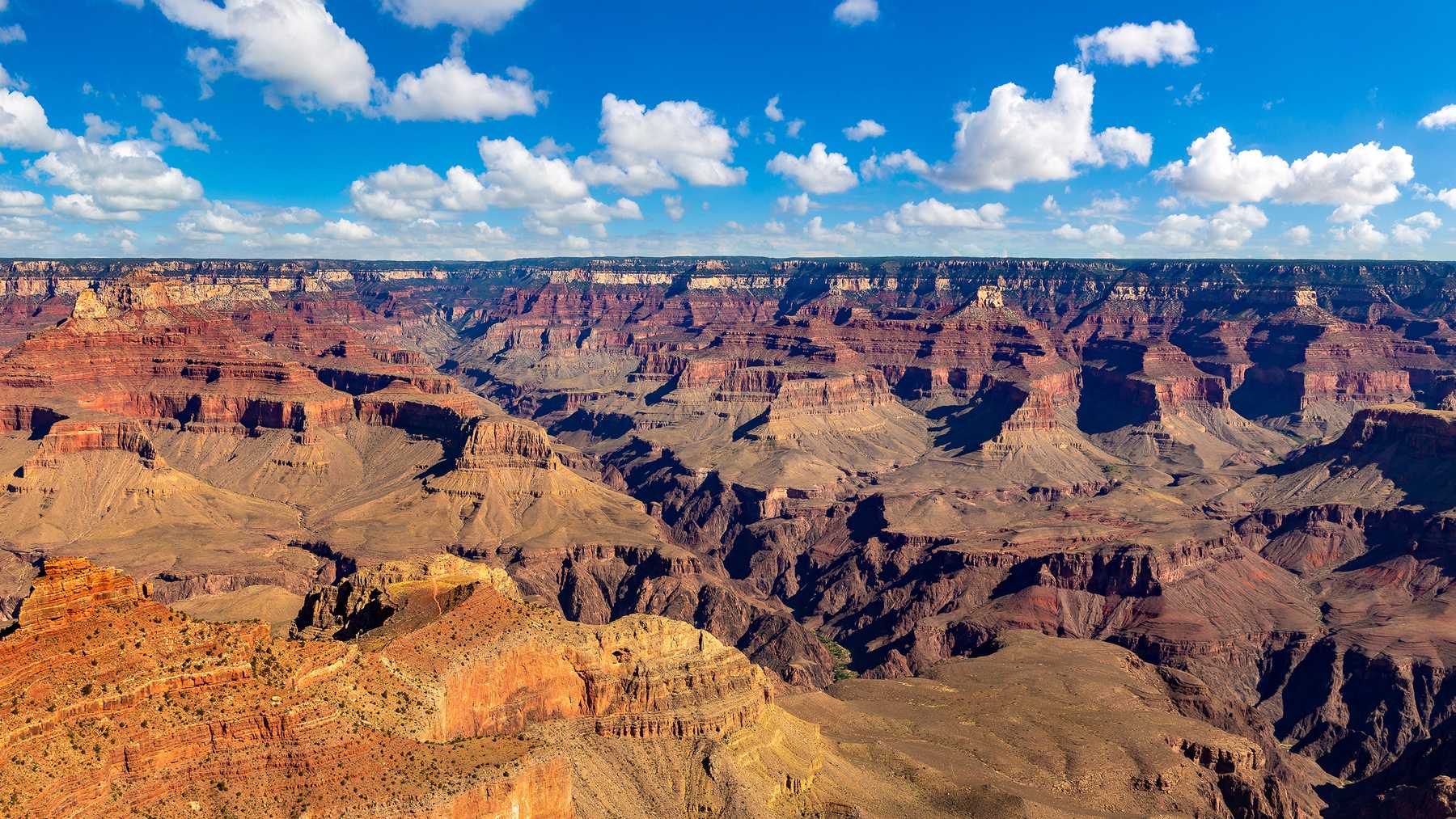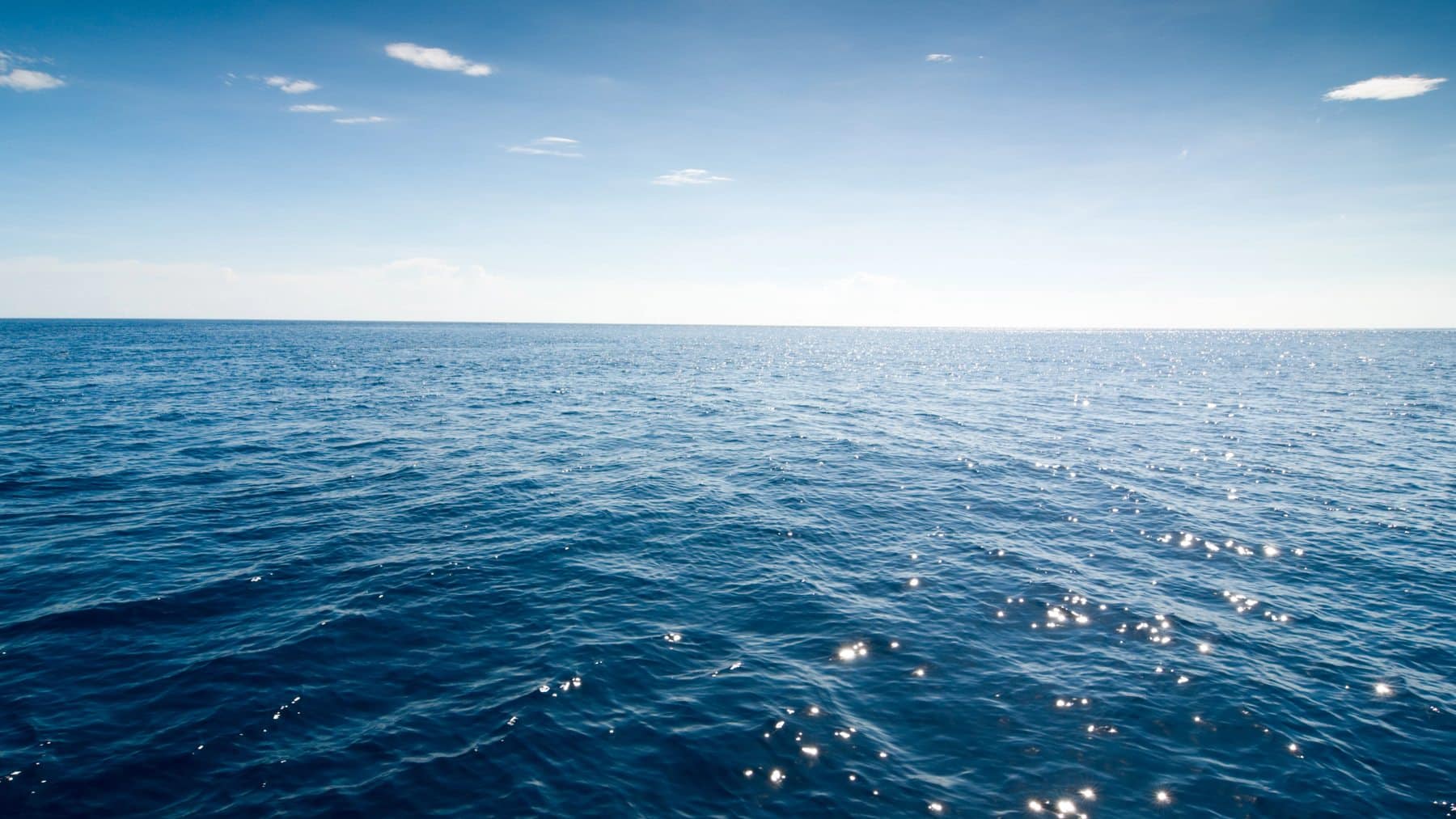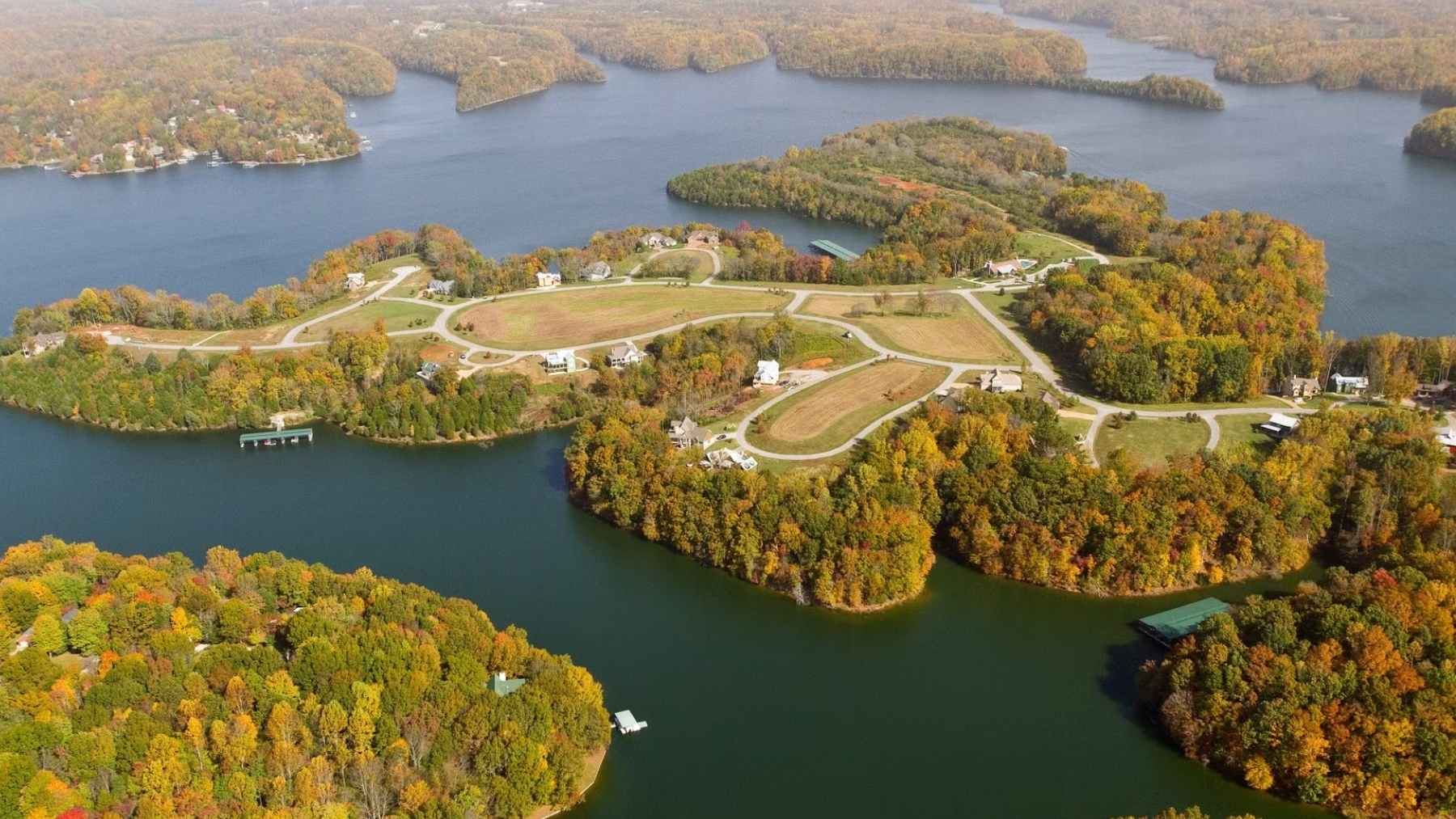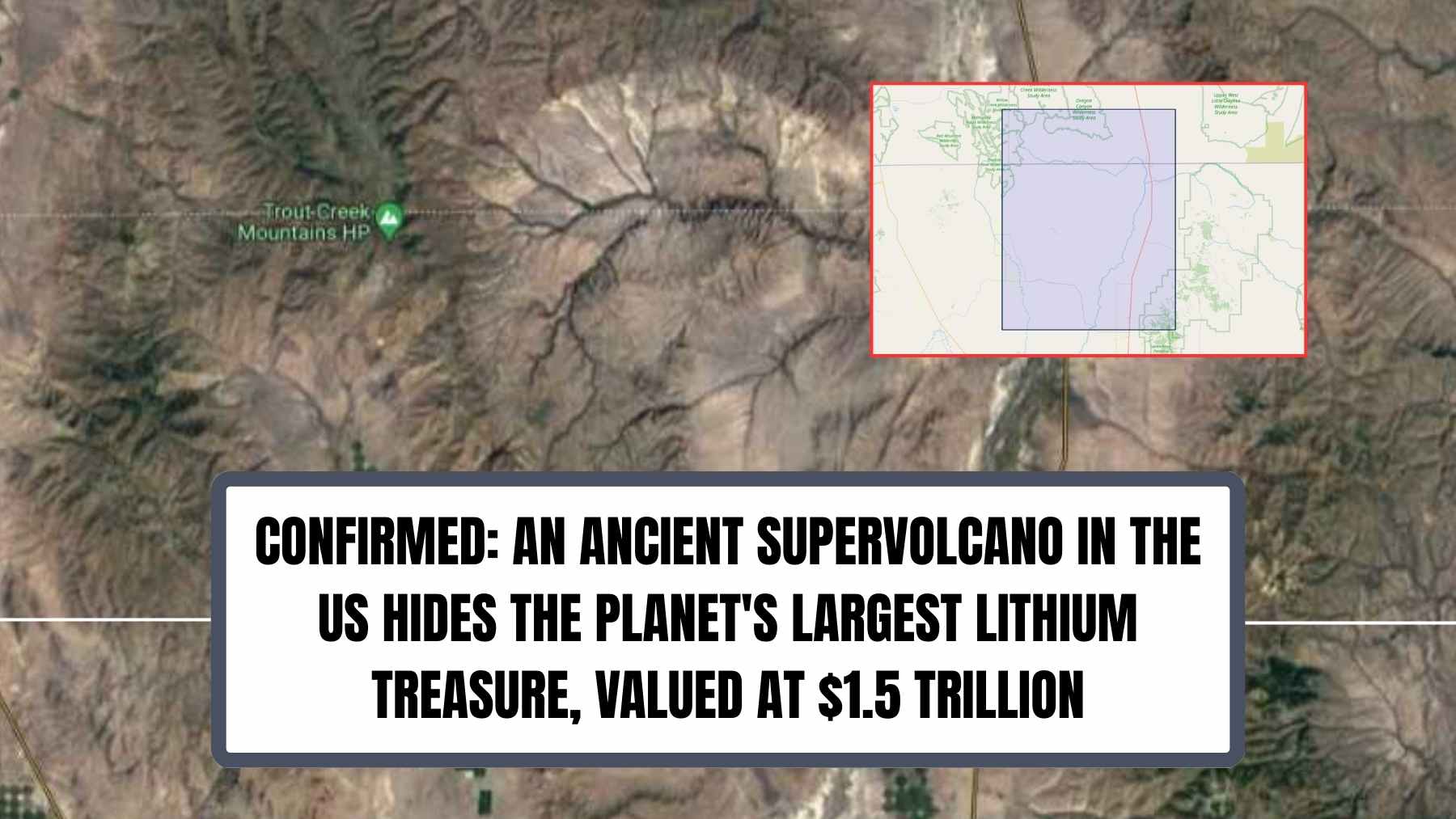Throughout the history of planetary exploration Mars has always ranked high but recent findings made by the NASA’s Perseverance rover have challenged the Red Planet’s geological status quo in the ancient riverbed of Jezero. These discoveries, such as a peculiar rock formation called Atoko point, speak volumes about the Martian evolution in terms of volcanic activity and the waterways that existed there, raising even more interesting inquiries about the planet’s past.
“Grab Bag of Geological Gifts”: Mars’ Atoko Point and further perceptions
In the beginning, the rover that had been heading towards the river formation called Neretva Vallis, which was a challenging turn, suddenly became a quest for various rocks on the surface of Mars. Moving over and around a sand deposit, Perseverance was led to Mount Washburn, where it found many rocks, each of which shared a piece of the puzzle of Martian geology.
Atoko Point, a whitish speckled rock with darker neighbors, was also a fascinating geological location. It puzzled geologists due to the rock’s apparent mixture of pyroxene and feldspar. Sharing her research with Western Washington University, Brad Garczynski called these rock samples volcanics and stated that they were “a grab bag of geological gifts” because they were likely brought from other parts of the crater millions of years earlier.
Unraveling the volcanoes of the red planet and understanding the contribution of Atoko Point minerals
SuperCam on the Perseverance Rover and Mastcam-Z have performed detailed observations of Atoko Point and neighboring regions. One of the given characteristics of the rock indicates that it has come from a very deep formation within Mars itself, most likely from a pool of lava that has been recorded at the walls of a crater. Additionally, it may also have been worn down and moved by older river systems where there is a clear indication of water existing on the surface of Mars.
Such minerals that are usually found in the interiors of volcanoes end up raising the question of the underlying volcanic activity on Mars. The occurrence of minerals like pyroxene and feldspar, both of which are found in the crusts of many regions on the earth that are active even nowadays, suggests that Mars also experienced geological activities some time ago. This also means that there is a possibility of studying the processes involved in the formation of the surfaces of magmas that occurred within the scraped planet at different ages.
NASA explores Mars’ old landscape by studying Mount Washburn
Near Atoko Point, the lithological units identified at Mount Washburn range considerably in hue, dimensions and geochemical makeup, all of which help in the assembling of Mars’ ancient terrain. Following the rim of the Jezero Crater, the robot rover reveals that the diverse lithologies of Mount Washburn have been brought in by the flow of rivers that existed on the surface of Mars and poured into the crater with building materials gathered from far-off lands. The presence of the boulders and conglomerates suggests a theory that Mars once had, not just rivers but also an encompassing, dynamic hydrology system, with many river systems, which could transport big rocks and other forms of debris over very long distances.
Data analyzed by NASA researchers suggests that the rocks may prove key to estimating primary water flow in juxtaposition with Jezero crater and its peripheries. Through constructive analysis of rock types such as those found at Atoko Point, scientists anticipate capturing the role of water in the structural evolution of Mars and sculpting its landscape. Such evidence concerning the existence of ancient rivers is particularly important for the evaluation of the past livability of Mars.
Curiosity about Mars has always aroused and the discoveries from the journey of Perseverance are proving that there is so much to learn. With every new rock sample that is being analyzed, we are getting even closer to learning the secrets of planet Mars thereby furthering the efforts to comprehend the history of the solar system.
